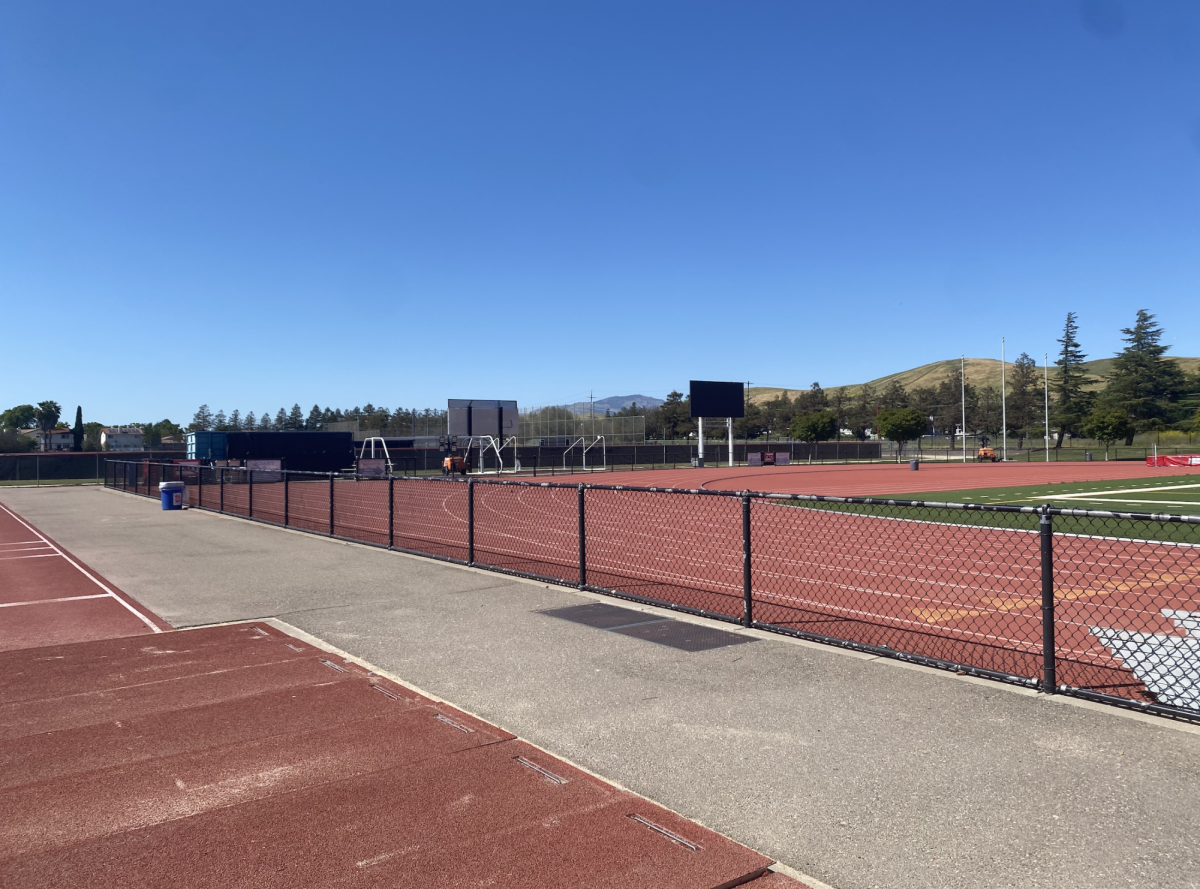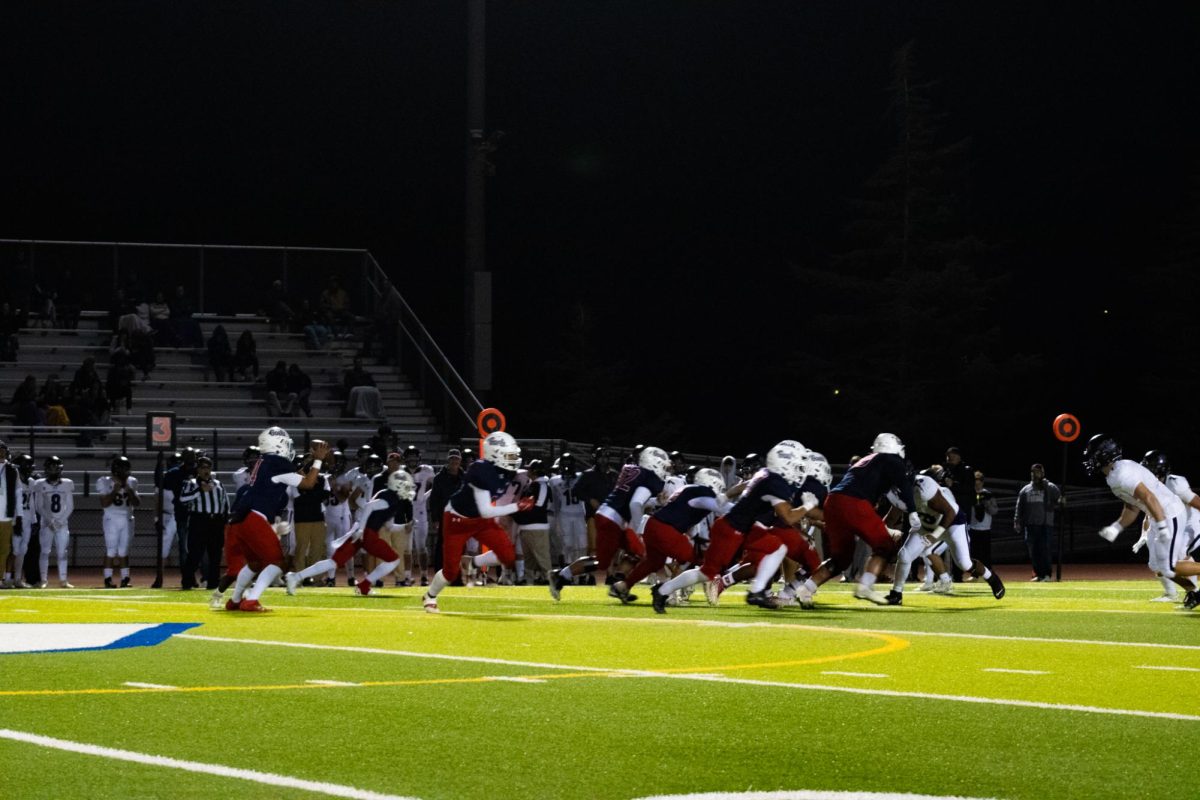Beloved by some, detested by others, bermudagrass, scientifically named Cynodon dactylon, is simultaneously one of the most common lawn grasses and a too-prolific weed. It is a warm-season grass, meaning that it grows best in summer and spring, and a perennial, meaning that it grows back every year from its extensive root system.
Some people work on creating cultivars, or bred variants, of bermudagrass, such as tiftuf. These are meant to withstand heavier droughts, harsher weather, and colder temperatures. They can also be bred to be easier to maintain and more pesticide-resistant.
Of course, all of this has a cost. The selective breeding of bermudagrass itself is harmless, but these practices also encourage the overuse of pesticides and the waste of over half of all water used in urban and suburban areas. They are also much more likely to spread and become a weed in the area than other species of grass.
Bermudagrass is a beast among plants, able to regrow from clippings and come back up year after year from its roots. It spreads like wildfire – and causes it too. Indeed, weeds like improperly managed bermudagrass can further the spread of small fires into all-out disasters, and even a properly managed lawn can start to dry out and eventually catch fire.
Not only that, bermudagrass can drain the soil of its nutrients and make it harder, or even impossible, to plant again in the same spot without heavy fertilizing and supplementation, even after you have weeded out and disposed of every last fragment of its greenery. Other species of lawn cover, like clover and moss, are much less likely to do this, and can even help replenish the ground of nutrients when they naturally decompose.
Bermudagrass, then, is undeniably bad for use as a lawn – so why do we keep growing it? It may be because we do not know any alternatives, or it may be because we think we have to. It is time to change this narrow view of lawns and look at what we can have.
In fact, there are so many alternatives to bermudagrass, from clover with its low nutrient drain to moss with its water retention to succulents and rocks with its excellent xeriscaping (water-efficient lawns) and peak efficiency. Most of these switches only require one initial bit of work, and then can sustain themselves without the constant maintenance required with bermudagrass lawns, and stand out beautifully when finished. They may be unconventional, but they deserve to go mainstream when they have so many benefits and virtually no drawbacks.
When alternatives to bermudagrass involve less water, less maintenance, less pesticides, and less risk, this lawn empire has to fall. Look into alternative lawn cover today!
Photo courtesy of Betty Marose at the University of Maryland Extension



































